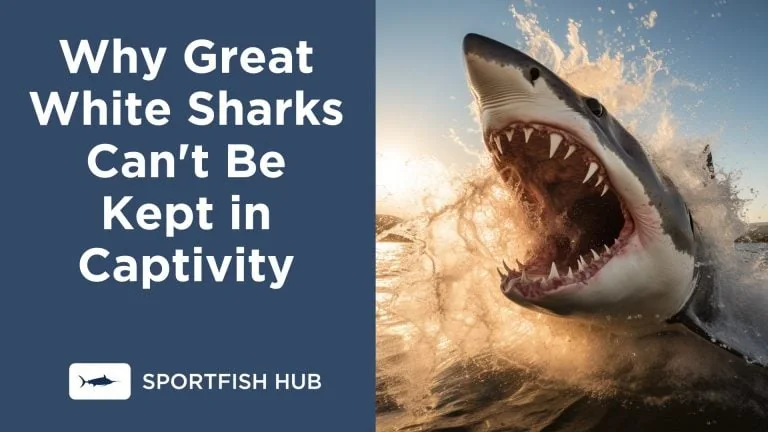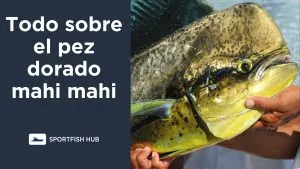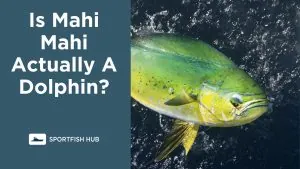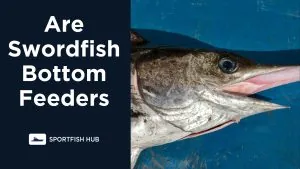The great white shark (Carcharodon carcharias) is one of the ocean’s most formidable predators. However, despite its fierce reputation and it’s extraordinary ability to survive, Great White Sharks can’t be kept in captivity. Let’s explore why below, and how we might still see Great white Sharks on display in the future.
Several key factors contribute to the great white’s inability to be kept in captivity:
Reasons Great Whites Fail in Captivity
| Reason | Description |
|---|---|
| Incorrect Water Chemistry | Tanks lack the proper balance of minerals, salts, and nutrients great whites need. |
| Nomadic Nature | Great whites migrate thousands of miles, which confined spaces prohibit. |
| Habitat Accuracy | Aquariums cannot replicate the open oceans great whites are adapted to. |
| Constant Swimming | Great whites require constant swimming to move water over their gills for oxygen. |
| Behavioral Changes | Captivity causes great whites to become stressed, lethargic, and aggressive. |
The Longest A Great White Shark Was Held in Captivity
In September 2004, the Monterey Bay Aquarium housed a young female white shark for nearly 7 months, the longest period ever achieved.
Key Facts About This Record:
- The shark was a juvenile captured near Malibu and moved to a custom 1 million gallon tank.
- Over 198 straight days, researchers closely monitored her health and behaviors.
- She ate a diet of salmon, tuna, and other fish totaling 180+ pounds per week.
- Despite ample feeding, her growth rate slowed in the confined space.
- Handlers released her back into the wild after signs of stress and deteriorating health.
- The program provided valuable insights on great whites, but they’ve proven very hard to maintain long-term.
- Reasons include migratory nature, territory size, and unique dietary needs.
The Future of Great Whites In Captivity
While the 198-day survival record illustrates the challenges of housing great white sharks, some experts believe longer-term captivity is possible with greater knowledge.
- Advances in aquarium technology and fish husbandry continue, which could extend survival times.
- Some envision creating breeding programs to boost endangered populations.
However, significant obstacles remain:
- Great whites can grow over 20 feet long and swim vast ocean territories, making realistic enclosures difficult.
- They eat huge quantities of food and have unique nutritional needs.
- Their migratory nature and complex behaviors may make captive settings inherently stressful.
- Public attitudes may not support keeping these charismatic predators confined.
Summary
Attempts to keep great whites in captivity have largely failed, with most sharks perishing within days or weeks. Their specialized hunting behaviors, migratory nature, vulnerability to disease, and difficulty feeding in enclosed settings indicate great whites belong in the open ocean, not aquarium tanks. These complex biological needs and behaviors make the great white unsuited for survival in captivity.












